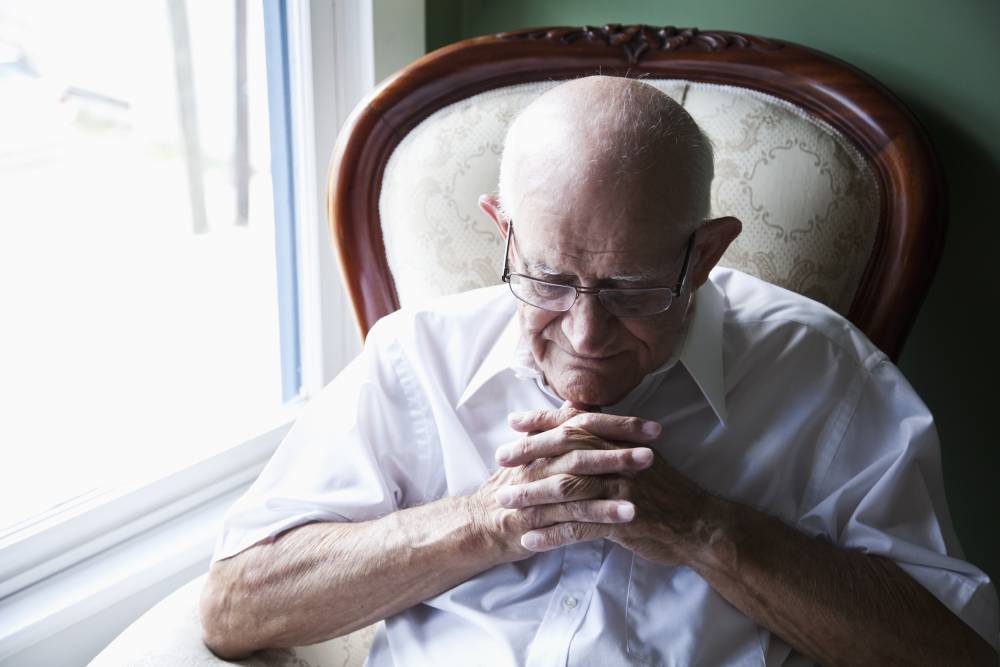
It is estimated that somewhere close to 500,000 children in Australia have been placed in institutional or out-of-home care over the last century.
While every child has their own story and circumstances that lead to requiring out-of-home care, there is one theme that has become synonymous with the terms ‘children’ and ‘institutions’ over the years, and unfortunately, it’s abuse.
Children, much like a lot of older adults, are extremely vulnerable, and the last century has been littered with examples of adults who have corrupted their positions of power by subjecting young people to sexual, physical, and mental abuse.
In 2019, a large number of people who had experienced this sort of abuse as children throughout the 1940s, 1950s, and 1960s, are now again facing the prospect of having to rely on others to care for them in aged care facilities, and it’s not hard to understand why this process could be extremely daunting.
A South Australian not-for-profit organisation called ‘Helping Hands’ have been exploring this issue for a number of years, and now, thanks to a much-needed cash injection, a program dubbed ‘Forgotten Australians, Real Care The Second Time Around’ is set to assist the Helping Hands team in sharing their learnings across the aged sector to help ensure that Australians with traumatic backgrounds can still have a positive aged care experience.
Aged Care Minister Ken Wyatt announced the $500,000 in funding for the new program, saying anyone, regardless of their background or life experience, should have access to safe care.
The funding will allow Helping Hand to develop a program that will include:
Helping Hands announced their intentions for the program guide in a recent media release on their website.
“Forgotten Australians are people who, as children in the period until 1989, were harmed in state and institutional care. This includes former wards of the state placed in children’s homes, foster homes and orphanages across Australia.”
“Many have been left traumatised and are suffering life-long consequences from abuse and neglect by the “care” they received in their youth. As they age, many people who identify as Forgotten Australians are struggling to face the possibility of a second time around in institutional care, feeling at risk of re-traumatisation.”
Helping Hand’s guide outlines the organisation’s commitment to Forgotten Australians, including helping staff better assist Forgotten Australians. The guide also recognises that exercising choice and control can be a challenge for those not accustomed to such opportunities.
Helping Hand Project Manager Diana O’Neil said Forgotten Australians taking part in the project revealed an overriding desire for recognition of Forgotten Australians’ uniqueness and the need for respect of their life, identity, desires, needs, behaviours and the need to be believed.
“Every individual has their own story but there are certainly some common themes among experiences of Forgotten Australians in areas of trust, aversion to authority and the fear of loss of control and loss of independence,” Ms. O’Neil said.
The Helping Hand Forgotten Australians guide serves as both a learning tool and a notice of intent to support staff to reduce the impact of trauma, engage in person-centered care planning that considers past trauma, and build trust and demonstrate care and respect for the rights of Forgotten Australians.
“We are hopeful this booklet is the first step in a longer conversation that will lead to influencing policy and practices within the aged care sector,” said Ms. O’Neil.